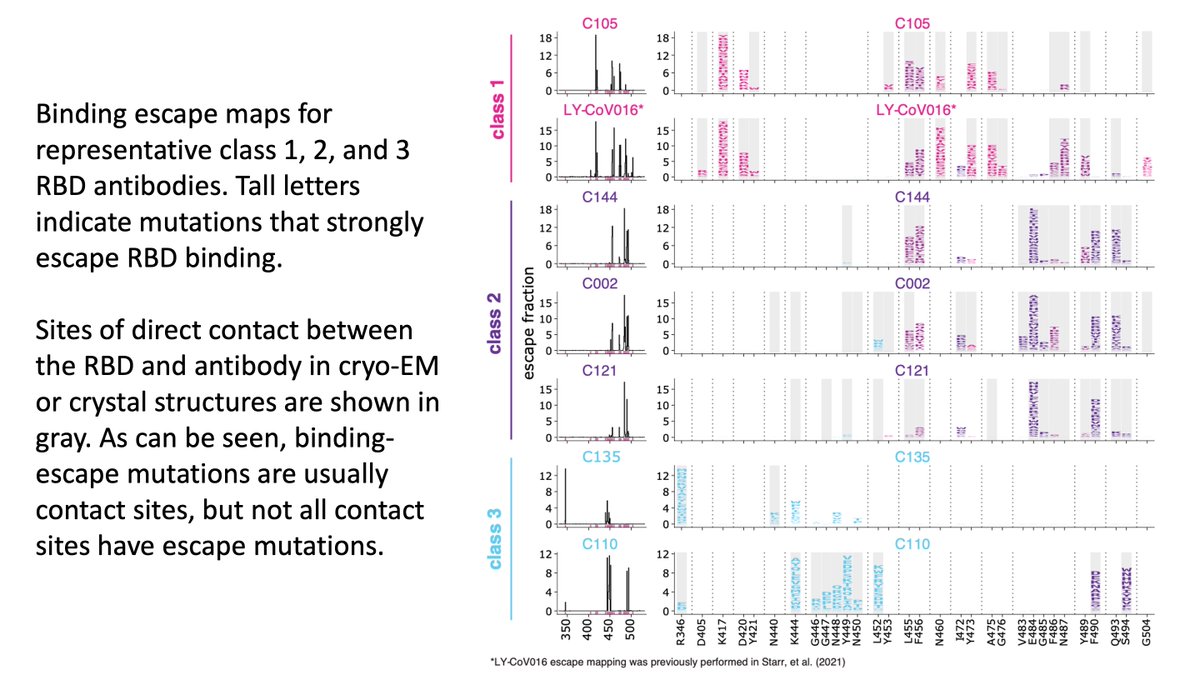
I agree w @Ayjchan’s analysis of @undarkmag article (undark.org/2021/03/17/lab…) by @schmidtwriting on #SARSCoV2 origins, which has thoughtful comments by experts like @ras_nielsen & David Relman. We need objective discussion of possibilities, including accidental lab leak. (1/9)
There are divergent opinions, as always for scientific questions w little evidence. But that’s point: there’s incomplete evidence either way. So like @mbeisen (
https://twitter.com/mbeisen/status/1350537123120570368), I’m astonished about certainty professed given current evidence. (2/9)
Central to being a good scientist is keeping an open mind when evidence is sparse, and as a “virus expert” who has followed this topic closely: it’s clear in any objective assessment that both natural origins and accidental lab leak are plausible. (3/9)
Furthermore, regardless of your opinion on origins, we should all be able to agree as scientists that there is a need for greater transparency about the SARS-related coronaviruses being studied in Wuhan prior to the pandemic. (4/9)
Hallmark of #SARSCoV2 research has been sharing data. But addendum to Shi Zhengli paper (nature.com/articles/s4158…) says closest #SARSCoV2 relative, RaTG13, just 1 of 9 SARS-like CoVs from mine where miners got respiratory disease. Full sequences of other 8 still not shared! (5/9)
This despite fact presentations have shown trees & alignments that seem to include more than short RdRp fragments of these Mojiang mine viruses that have been published. See:
https://twitter.com/emmecola/status/1334505779718729729&
https://twitter.com/babarlelephant/status/1367149568073338882&
https://twitter.com/franciscodeasis/status/1366102789936578561
https://twitter.com/franciscodeasis/status/1329057812815765504(6/9)
So regardless of opinion on plausibility of natural origins vs lab escape, all scientists should agree there needs to be full sharing of sequences of SARS-related viruses studied in Wuhan, including from Mojiang mines where closest known relative of #SARSCoV2 was found. (7/9)
That’s the first step towards enabling an objective scientific discussion. (8/9)
And that's why I was disappointed to hear @PeterDaszak say WHO team didn't even *ask* Wuhan Institute of Virology to see database of virus sequences because *he* knows it doesn't have anything relevant (
https://twitter.com/McWLuke/status/1369686004924309504). Science is sharing data, not assertions. (9/9)
Someone pointed out to me that link to Daszak interview about database referenced in Tweet immediately above has become inaccessible. Here is new link: (10/9)
• • •
Missing some Tweet in this thread? You can try to
force a refresh







